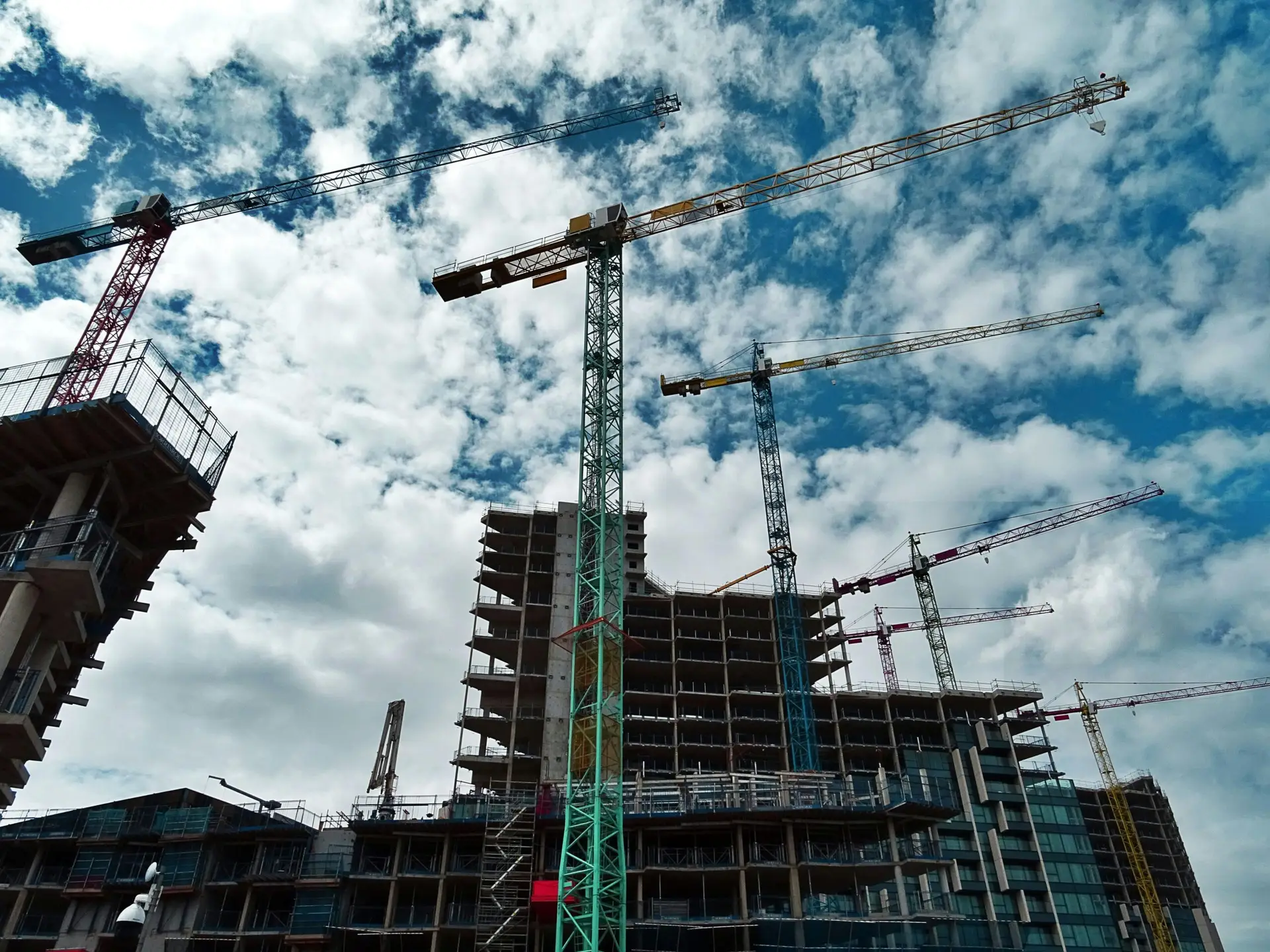Why Buildings Fall: The Shocking Truth Behind Kenya’s Construction Crisis
In recent years, Kenya has witnessed a troubling increase in building collapses, particularly in urban areas like Nairobi. These incidents have led to significant loss of life and property, prompting urgent calls for reform in the construction industry. A survey conducted by The Star in January 2025 identified several key factors contributing to these structural failures.
1. Unqualified Professionals
The survey revealed that 72.3% of respondents attributed building collapses to the employment of unqualified professionals during construction. Additionally, 66.0% cited the use of unqualified personnel for supervision as a significant risk factor. This underscores the critical need for certified engineers and architects in the building process.
2. Substandard Materials
Looking for quality building materials?
Visit Lightcom Enterprises Hardware Shop for trusted cement, steel, plumbing, and more. Build with confidence today!The use of low-quality materials was identified by 59.6% of respondents as a major cause of collapses. This includes the use of counterfeit products, such as fake cement and steel, which compromise the structural integrity of buildings. Developers often resort to these materials to cut costs, leading to unsafe structures.
3. Hastened Construction
A significant 44.7% of respondents pointed to hurried construction as a contributing factor. In the competitive real estate market, developers often rush projects to meet demand and maximize profits, neglecting essential quality checks and safety protocols.
4. Faulty Building Designs
Faulty designs were cited by 33.0% of respondents. Errors in architectural plans, such as inadequate load-bearing calculations or improper material specifications, can lead to structural failures.
5. Corruption and Regulatory Failures
Beyond technical issues, systemic problems like corruption and regulatory failures exacerbate the situation. Some developers bypass safety standards through bribes or by exploiting loopholes in the approval process. This lack of enforcement allows substandard practices to persist unchecked.
Conclusion
Addressing the crisis of building collapses in Kenya requires a multifaceted approach. This includes stringent enforcement of building codes, ensuring the employment of qualified professionals, and holding developers accountable for the materials and methods they use. Only through comprehensive reforms can the safety of structures and the lives of occupants be assured.
Information sourced from The Star newspaper.





